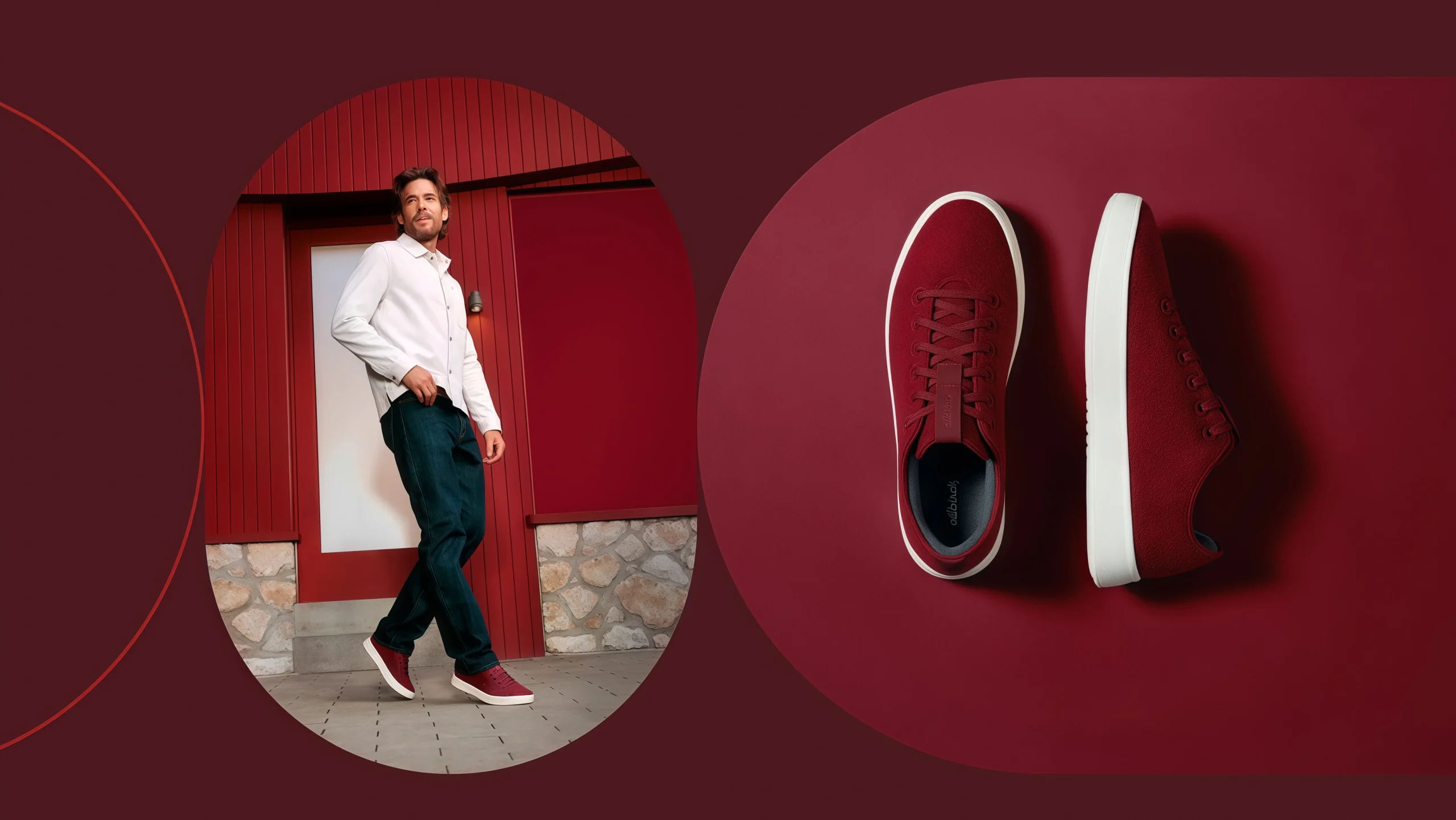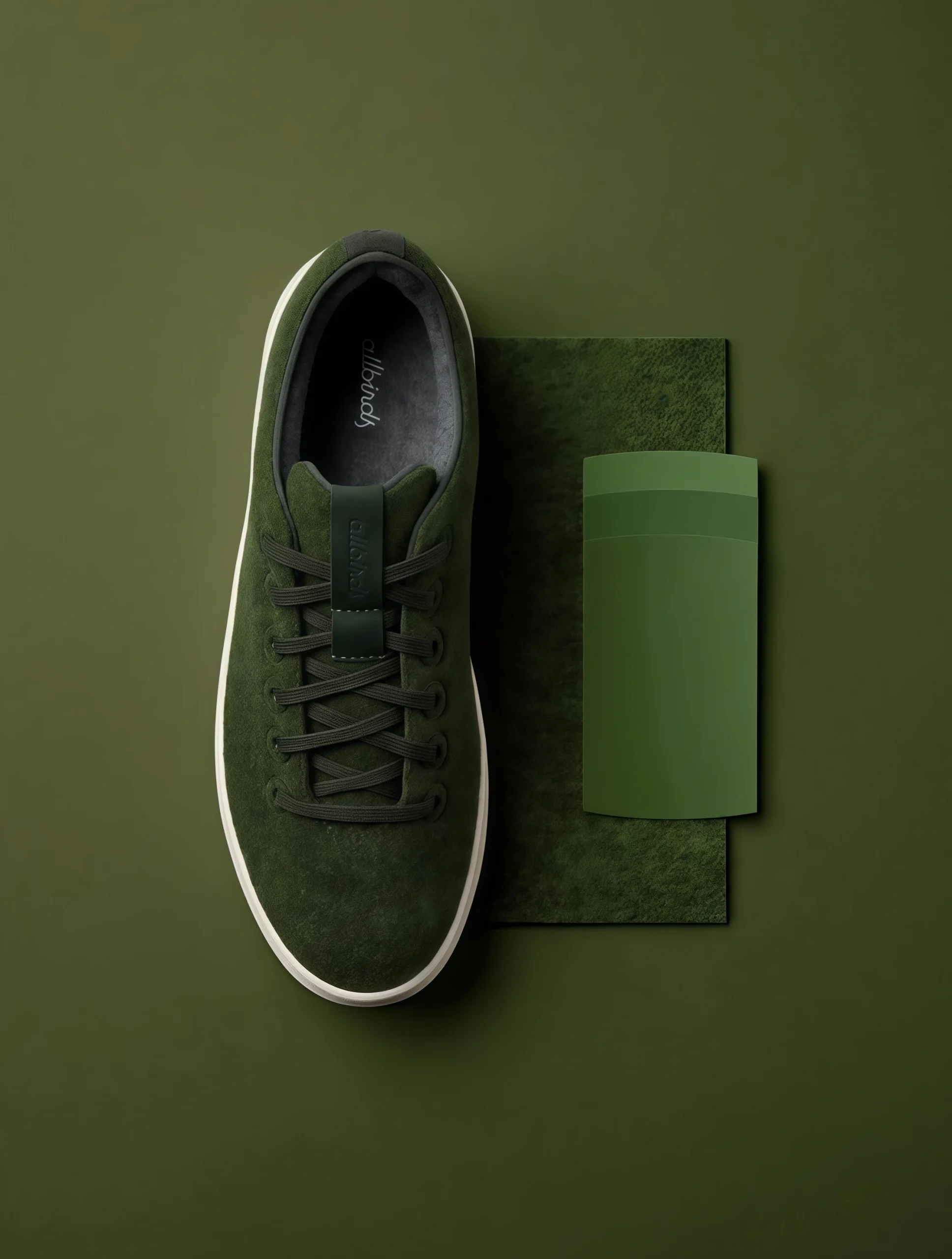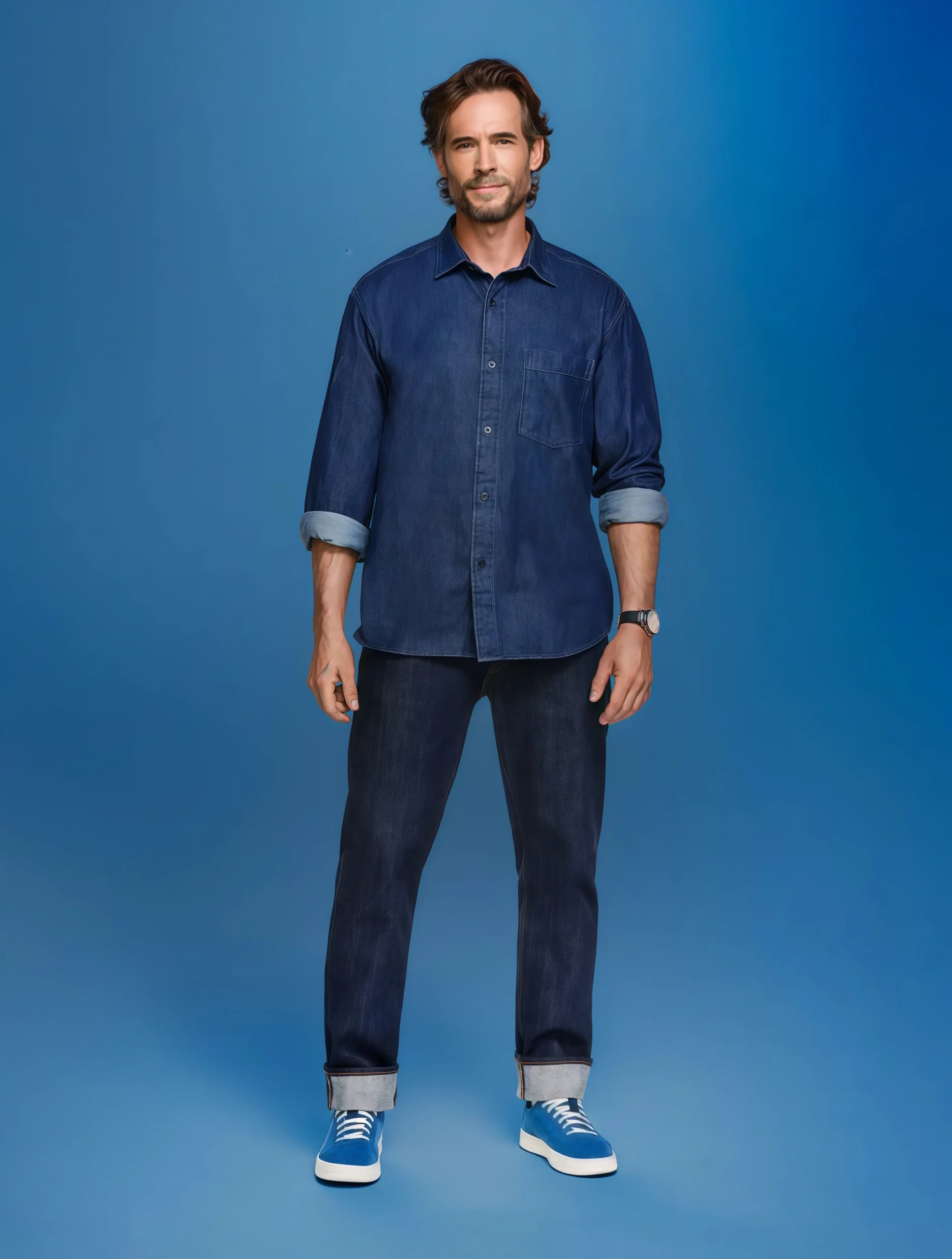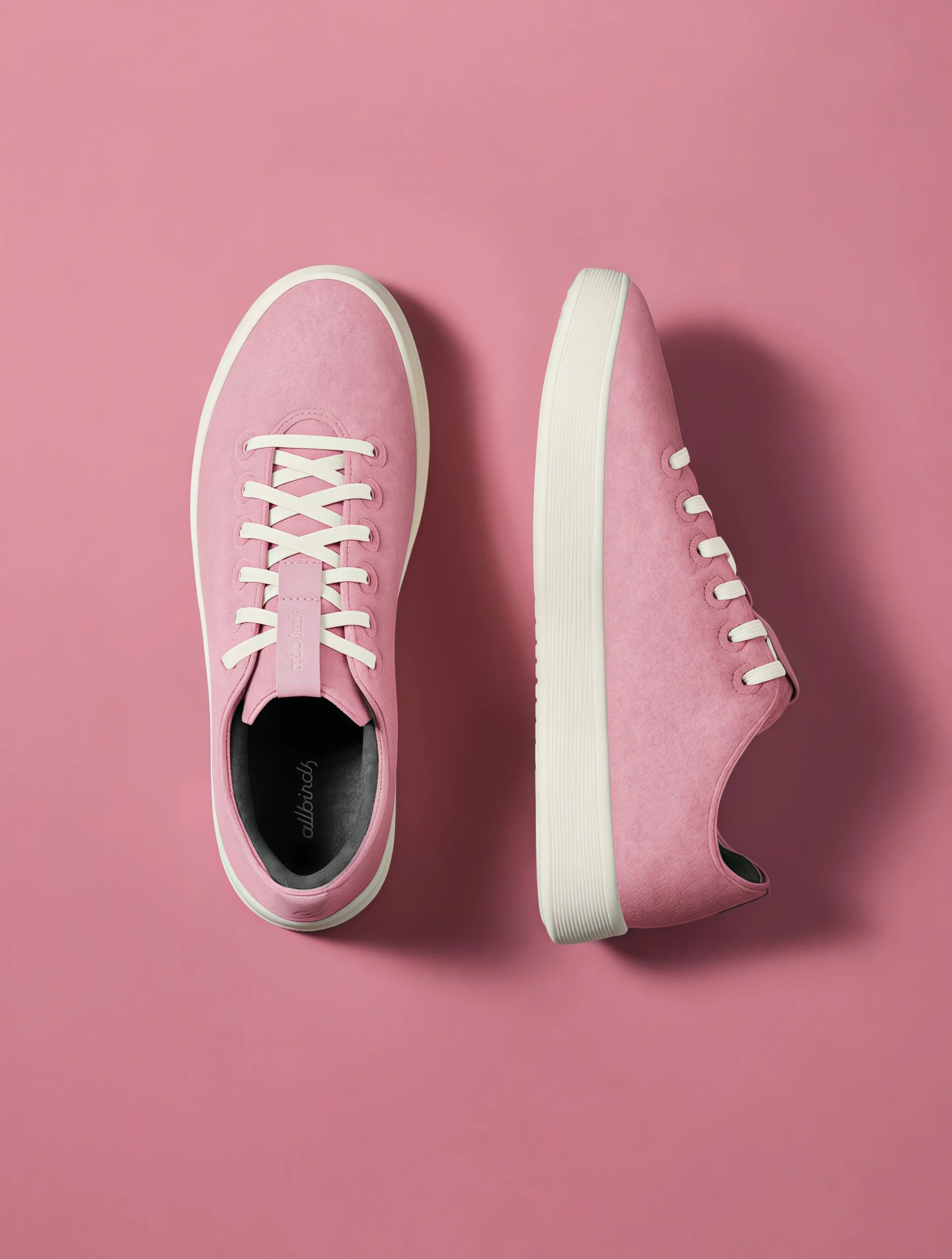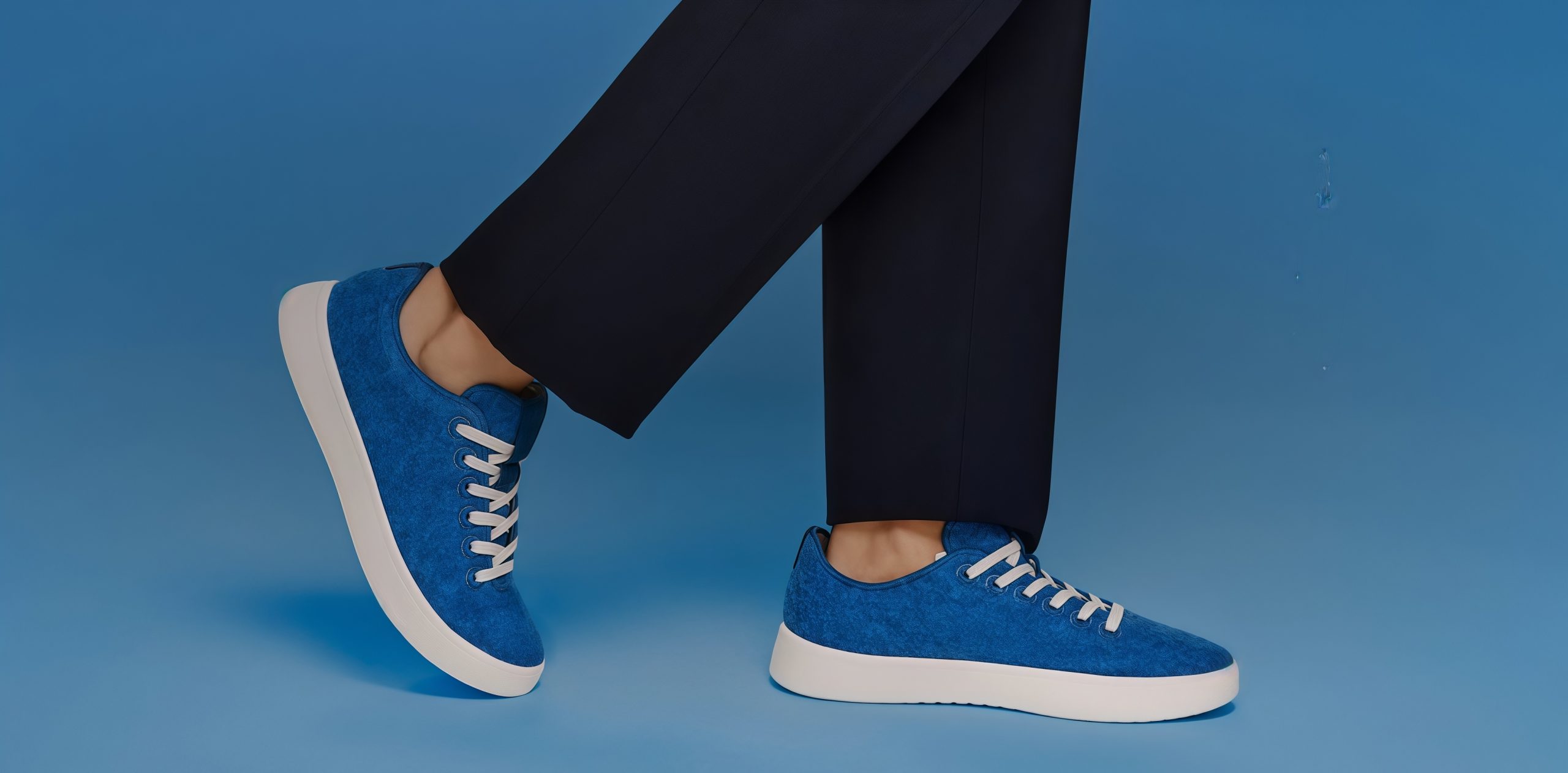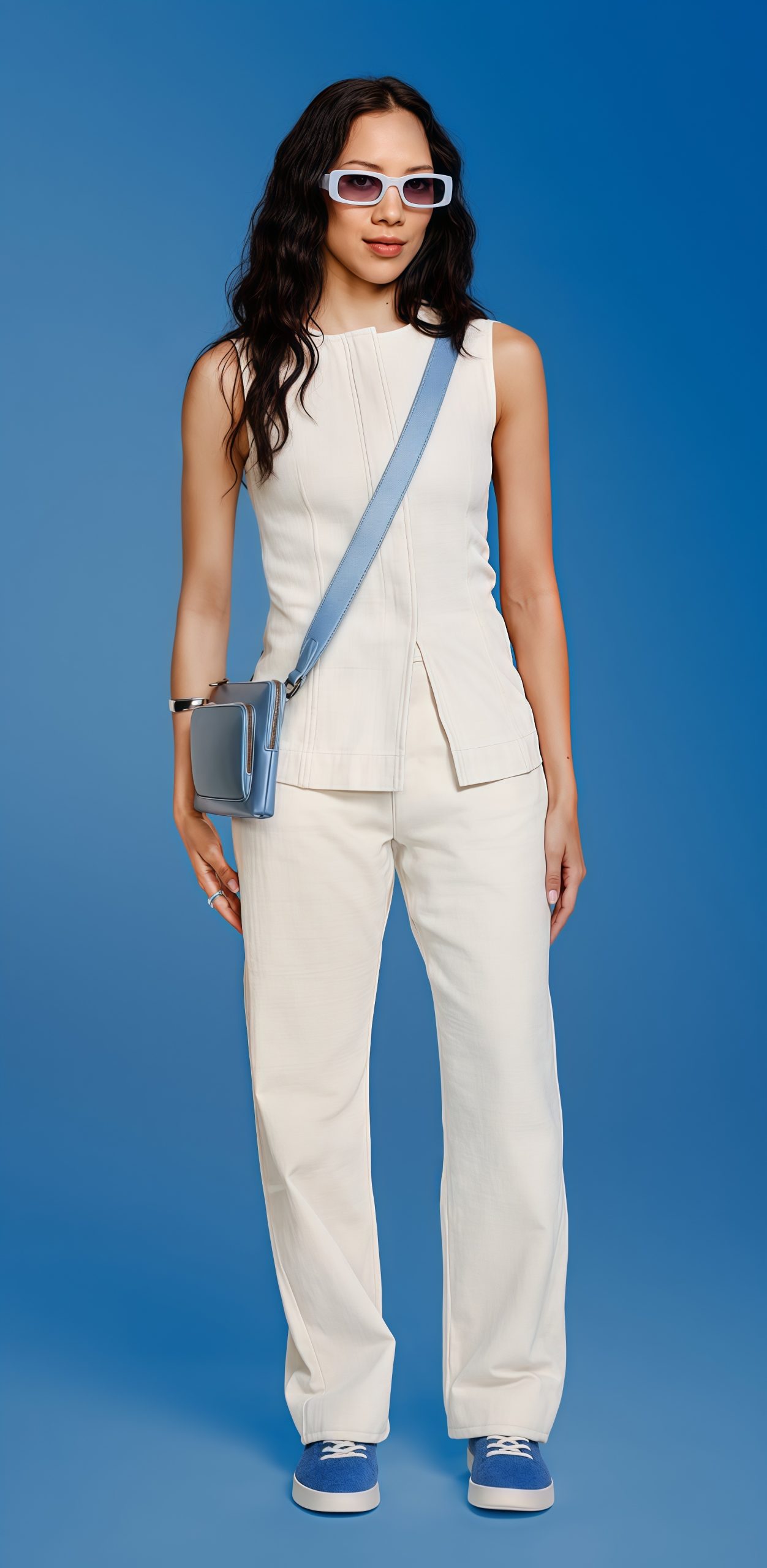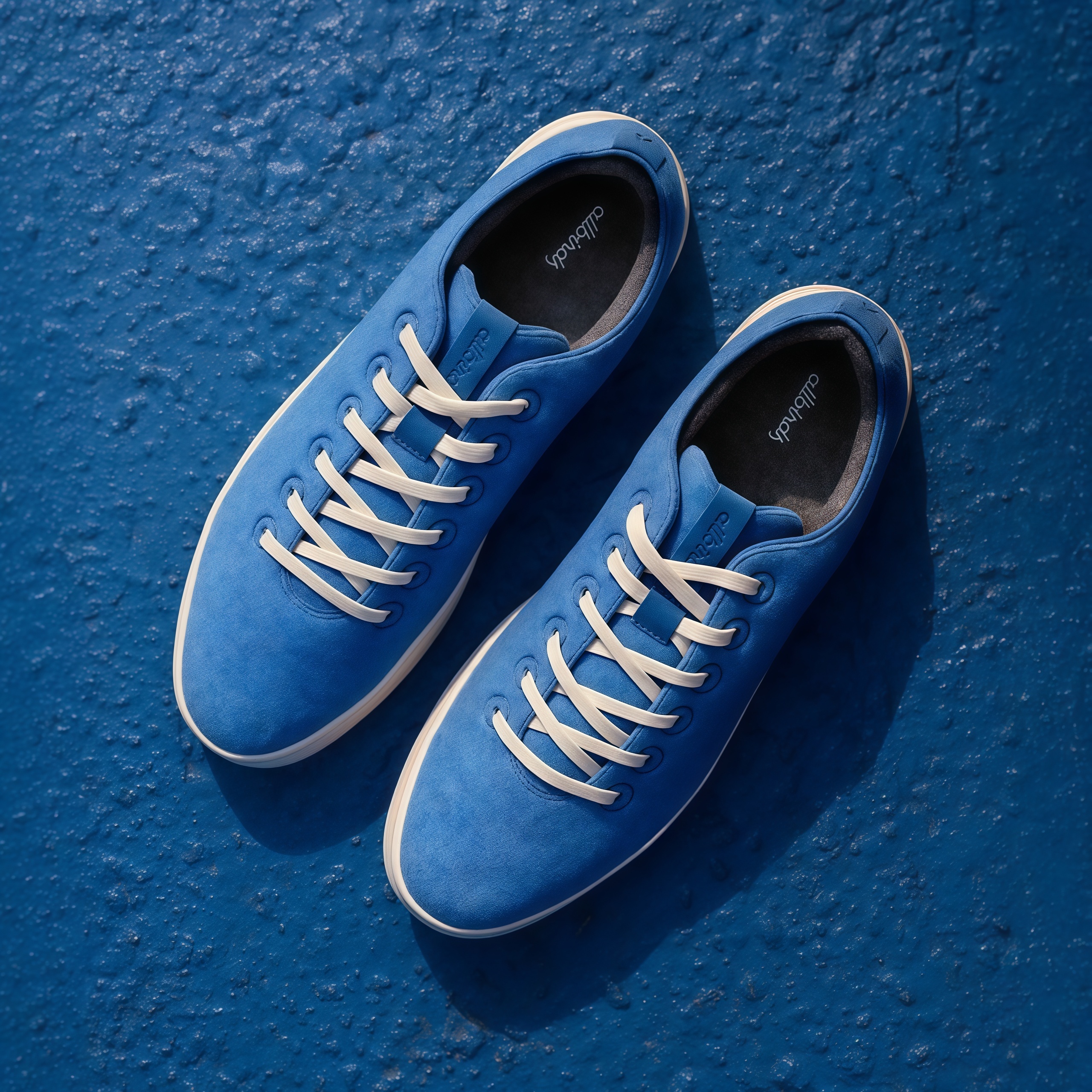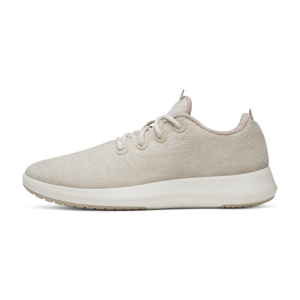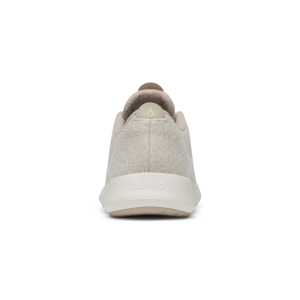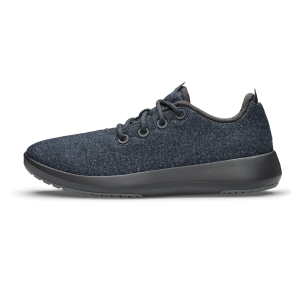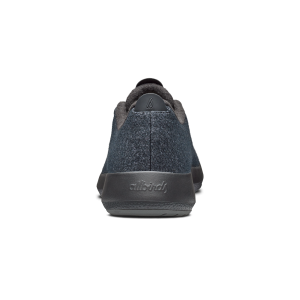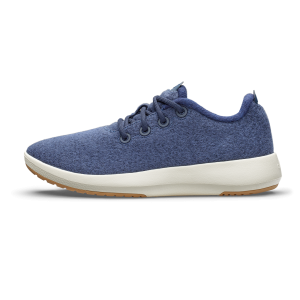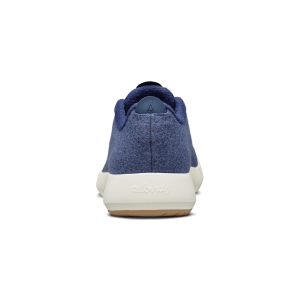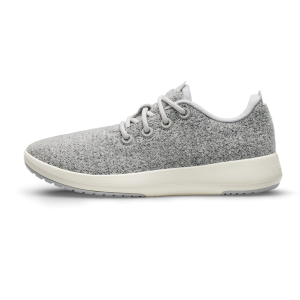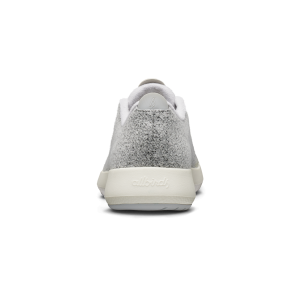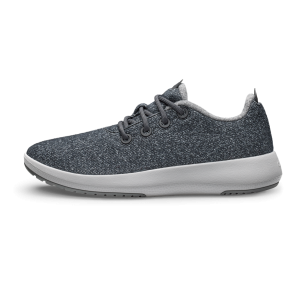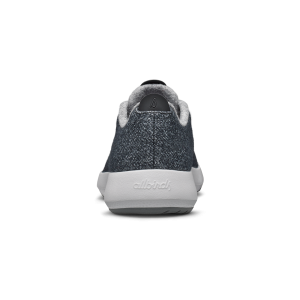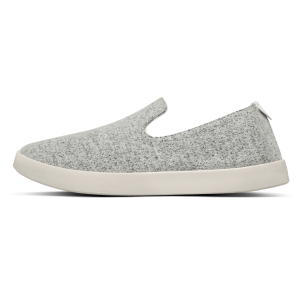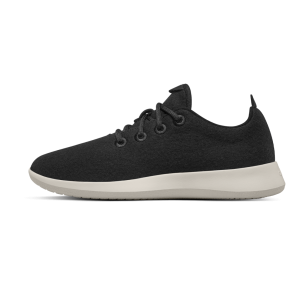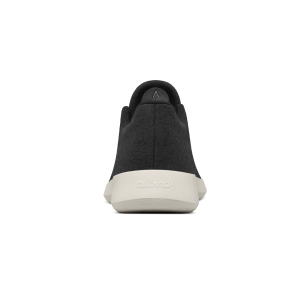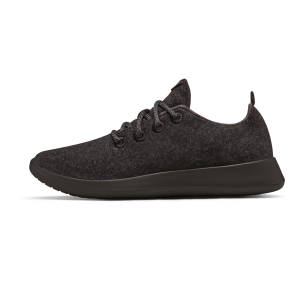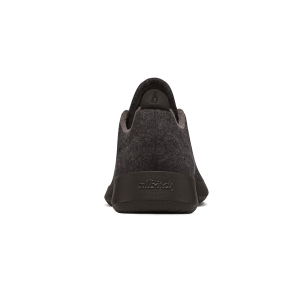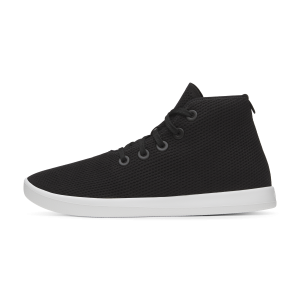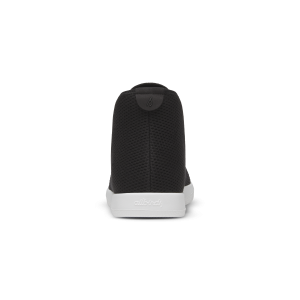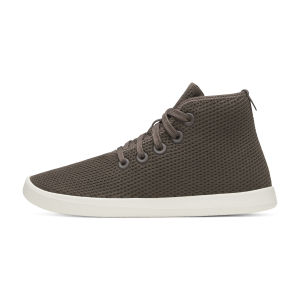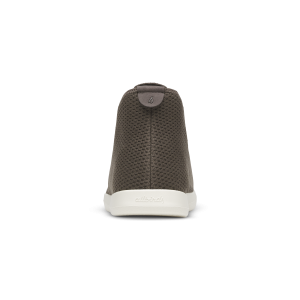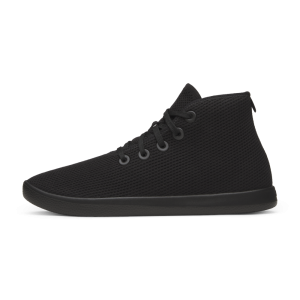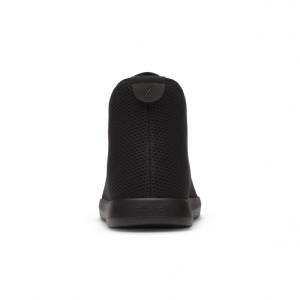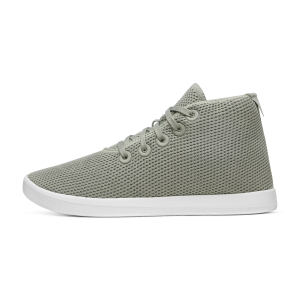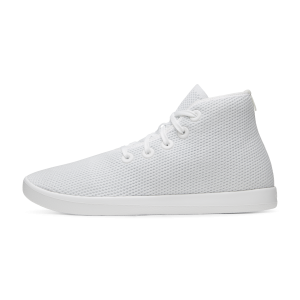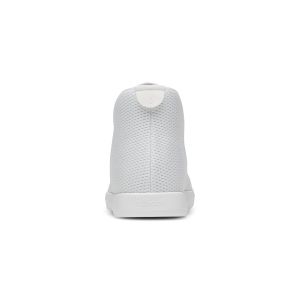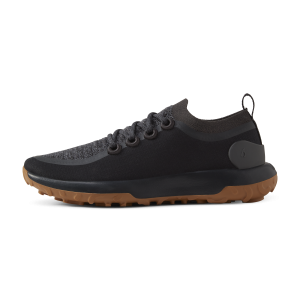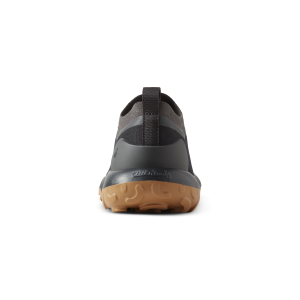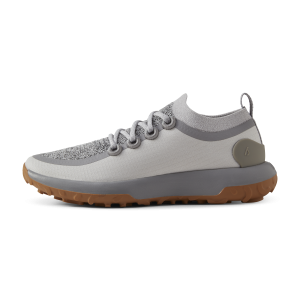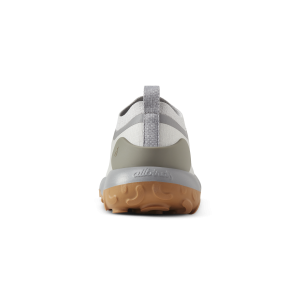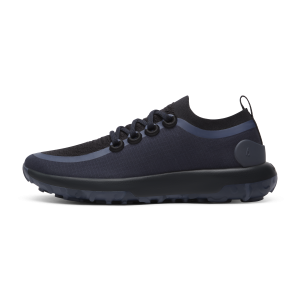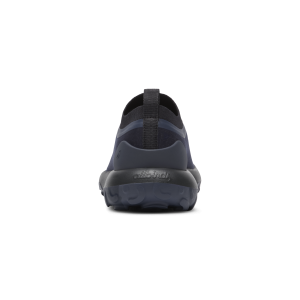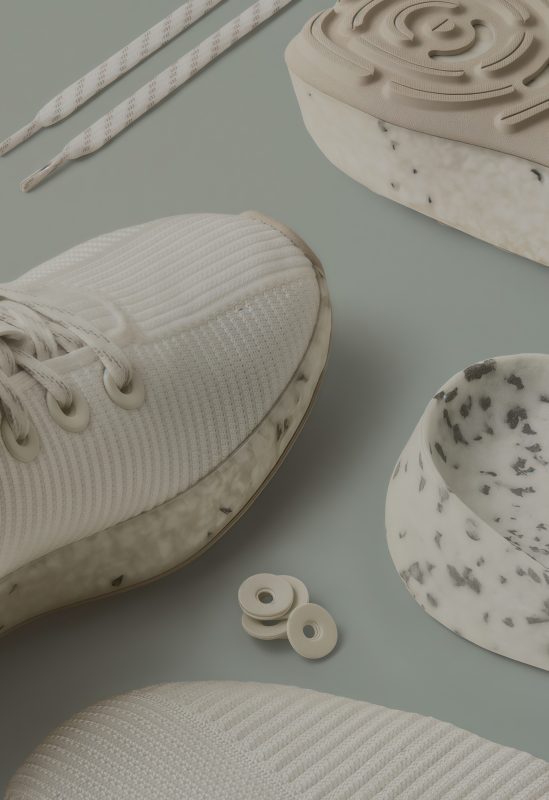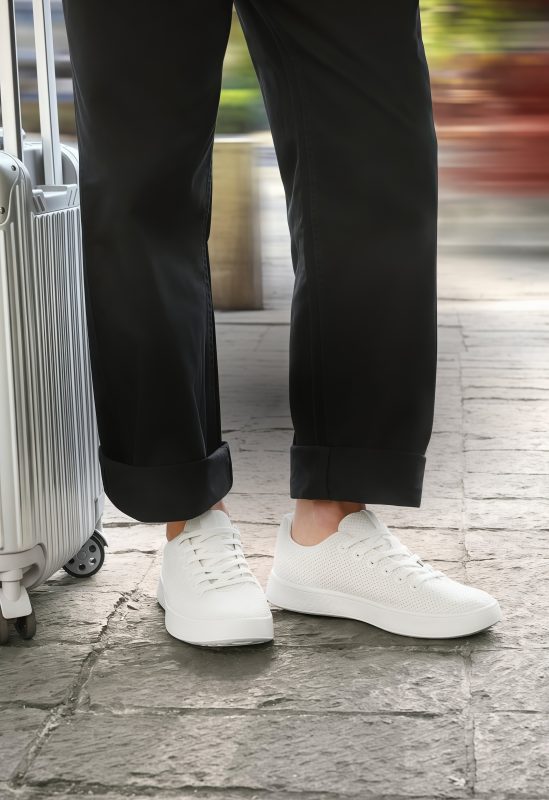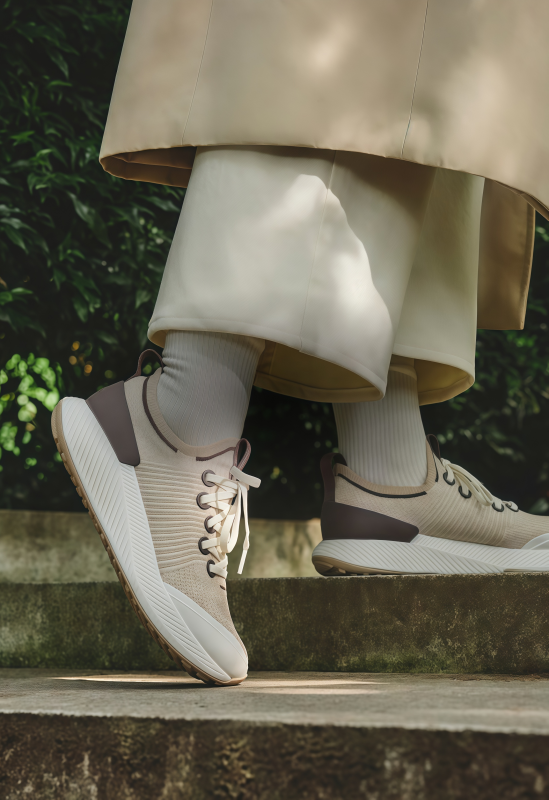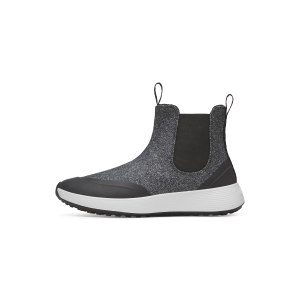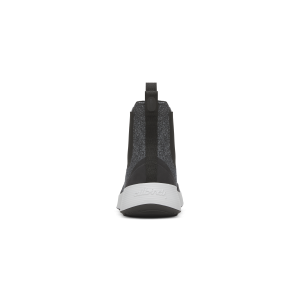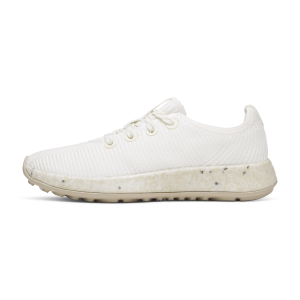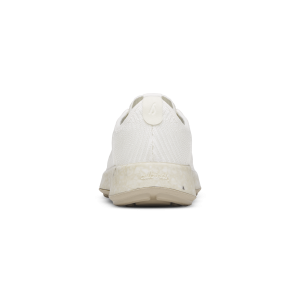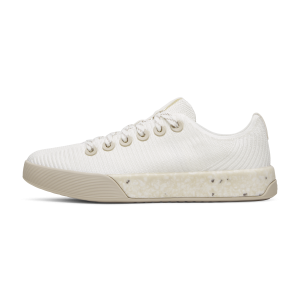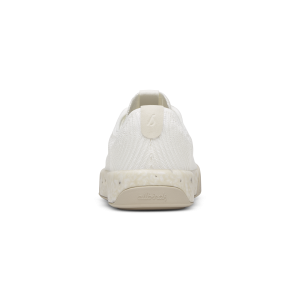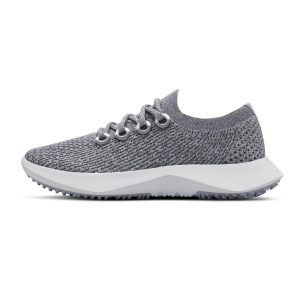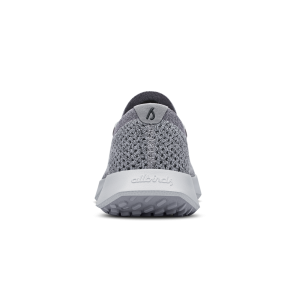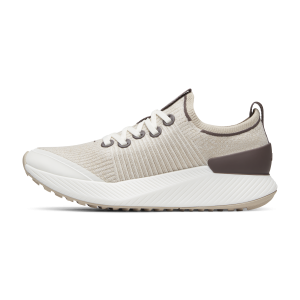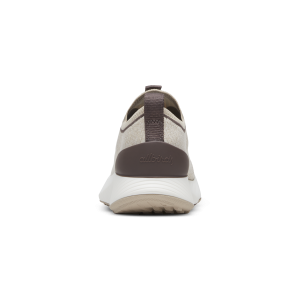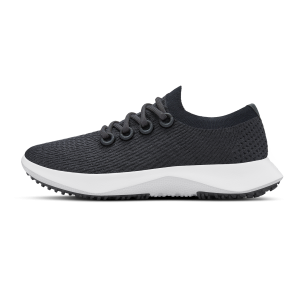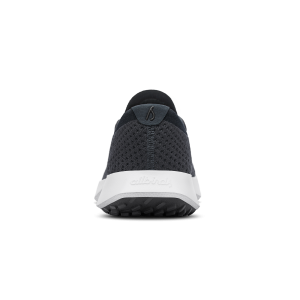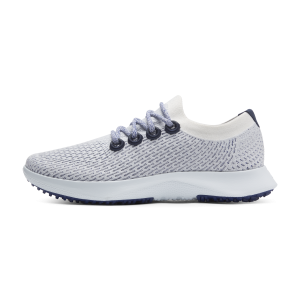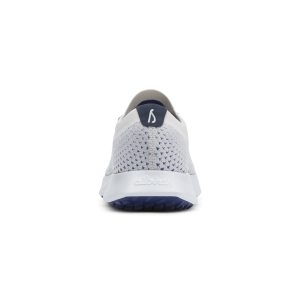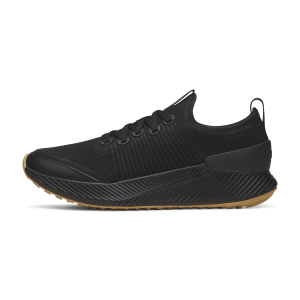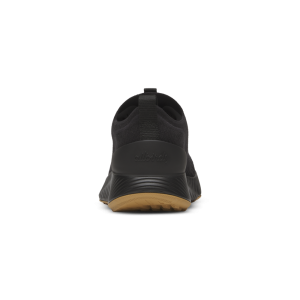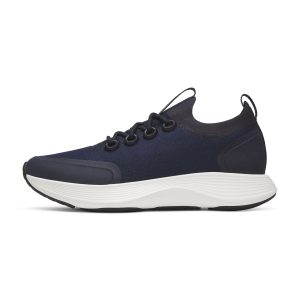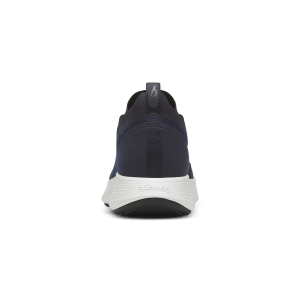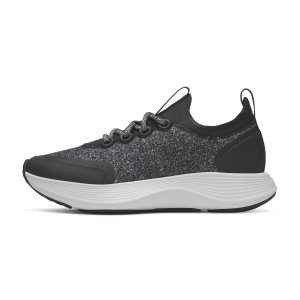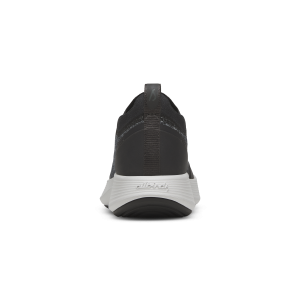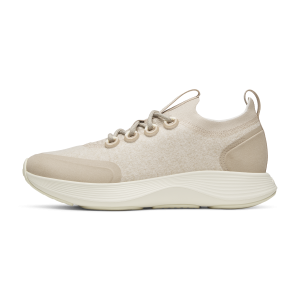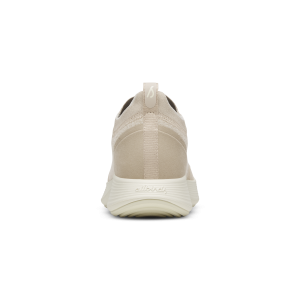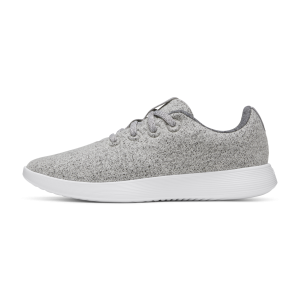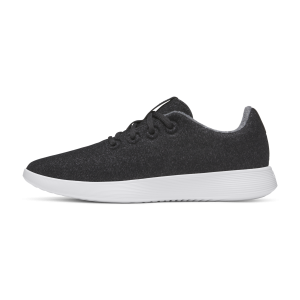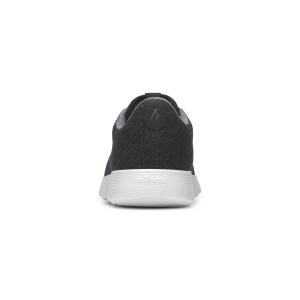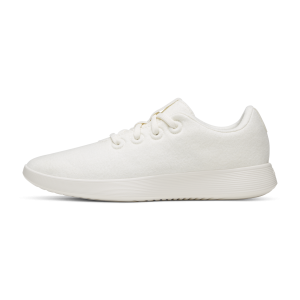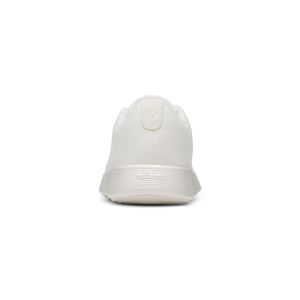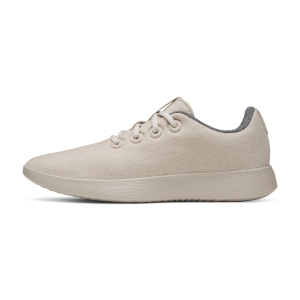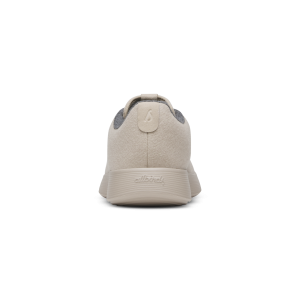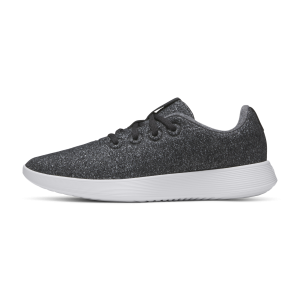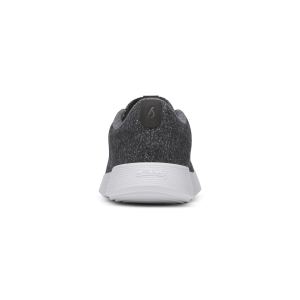The Enduring Evolution of the Athletic Shoe: From Utility to Cultural Icon
The athletic shoe, a seemingly simple piece of everyday apparel, holds a surprisingly complex and enduring place in the tapestry of modern life. Far more than mere functional equipment for physical activity, this footwear has transcended its origins to become a powerful symbol of self-expression, technological innovation, and a cornerstone of global popular culture. Its journey, spanning over a century, is a fascinating narrative of design, performance, and social significance.
The earliest iterations of the athletic shoe were born out of a desire for better traction and comfort for sport, notably in the late 19th and early 20th centuries. These initial designs, typically featuring canvas uppers and vulcanized rubber soles, were a revolution compared to the stiff leather shoes of the time. They offered a new freedom of movement, earning them a quiet, almost covert, nature—the ability to approach silently—which contributed to their lasting popular nickname. As organized sports grew in popularity, so did the demand for specialized footwear. The focus was purely utilitarian: a shoe designed specifically for court games, for running races, or for training. This era laid the essential groundwork, establishing the shoe as a dedicated tool for enhancing athletic endeavor.
The true transformation, however, began in the mid-20th century, propelled by relentless innovation in materials science and design. The shift from basic canvas to synthetic fabrics, the integration of air cushioning systems, and the development of specialized sole patterns dramatically improved performance. Designers and engineers worked in tandem, dissecting the biomechanics of movement—the runner’s gait, the basketball player’s jump, the lateral stability required for court sports—to create shoes that were precisely tuned instruments. This pursuit of the ultimate performance advantage not only pushed the boundaries of footwear technology but also inadvertently elevated the shoe from a product to a piece of high-tech gear.
Crucially, the athletic shoe’s ascent was not solely dependent on technological merit; its integration into global youth culture proved to be its definitive catalyst. By the latter half of the century, these shoes crossed the boundary from the track and court into the streets, adopted by burgeoning subcultures as a visual shorthand for identity and attitude. The footwear became intertwined with certain musical movements and city fashion, transforming into a coveted fashion accessory. This cultural adoption gave the shoes a powerful new voice. A particular model, originally designed for a specific sport, could be reinterpreted as a symbol of rebellion, artistic flair, or community affiliation. Collecting, trading, and celebrating these various designs morphed into a passionate, global hobby, solidifying the shoe’s status as a collectible item with inherent cultural value.
Today, the athletic shoe industry stands at a crossroads, balancing its heritage of performance with the pressing demands of environmental stewardship. Manufacturing this complex product, often involving numerous components and processing steps, has an undeniable environmental footprint. In response, a significant movement is underway toward more sustainable practices. Companies are exploring circular design principles, using recycled and innovative natural materials in construction, and refining their production processes to reduce waste and energy consumption. The conversation has evolved from simply how to make a better shoe for performance to how to make a better shoe for the planet. Consumers, increasingly aware and vocal about ecological issues, are driving this change, seeking out options that align their personal style and active lifestyle with a commitment to responsibility.
Choosing the right pair of athletic shoes today requires navigating a landscape as diverse as the activities they support. The ideal choice for a long-distance road run will differ substantially from the optimal shoe for a session of heavy lifting or a day of agility training. The fundamental principles of selection, however, remain centered on fit, cushioning, and intended function. Specialty retailers, often employing detailed foot-scanning technology and gait analysis, help individuals understand their unique foot structure and movement patterns—whether they require neutral support, stability, or maximum cushioning. The wrong shoe can lead to discomfort or injury, underscoring that while aesthetics and cultural cachet are part of the appeal, performance and personal biomechanics must remain the primary considerations.
The athletic shoe’s narrative is a continuous loop of function inspiring culture, and culture driving further innovation. It remains a fascinating object—at once deeply personal, tied to individual physical goals and daily comfort, and profoundly universal, a ubiquitous global icon. Its ongoing evolution assures that the athletic shoe will continue to be a powerful indicator of where design, technology, and culture are headed next.

